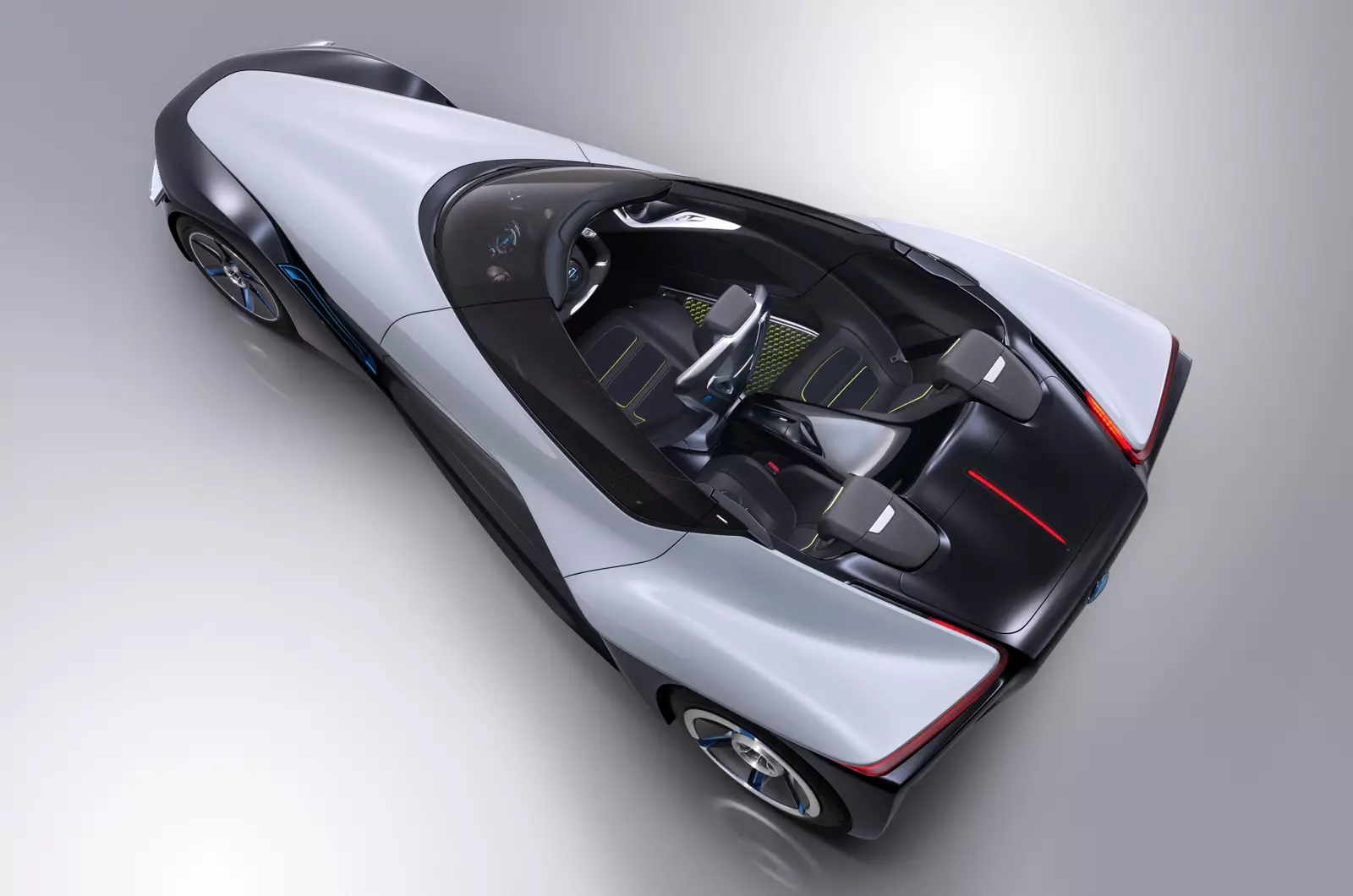Surprise, surprise! There was talk of a hypothetical Nissan rival to be unveiled at the Tokyo show for the Toyota GT86, and Nissan's recent “mouths” regarding the GT86, which was a mid-life crisis car, would never let you guess the radicalism of the concept that they were preparing. Ladies and gentlemen, this is the Nissan BladeGlider.
And after all, what strange creature is this? At Razão Automóvel, we had already mentioned the Nissan ZEOD RC, a revolutionary contouring machine that will attack LeMans in 2014. Its delta shape comes from the original and fast DeltaWing, and the man behind it, Ben Bowlby, is also responsible for the ZEOD RC and now the Nissan BladeGlider, which will become the first road car inspired by this new generation of racing cars. The reason for the delta shape is justified by obtaining lower values of aerodynamic drag, as it has a much smaller cross-section than that of conventional cars, thus obtaining greater efficiency.
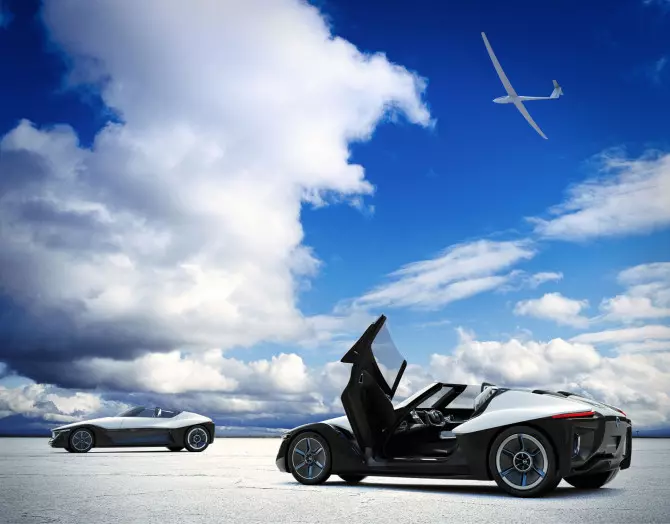
Nissan best capitalizing on what will undoubtedly be one of the biggest media highlights in the next edition of LeMans. Even having as “competitor” the official return of Porsche to the race, despite both going to LeMans with different objectives.
The Nissan BladeGlider presents itself, like the ZEOD RC, with a very narrow front track width, just one meter, contrasting with the more conventional and wide rear track. It has 3 seats, mimicking the triangular top view, with the driver in a central position, flanked by two seats that are in a more rearward position. Since McLaren F1 we haven't had this provision, putting the driver at the center of everything, and without a doubt, making the driving experience something unique.
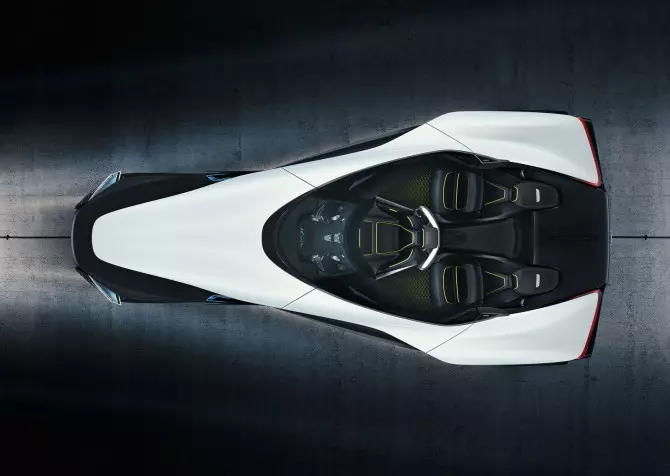
The BladeGlider is 100% electric, with motors built into the rear wheels. There are still no data regarding power, performance or range, but it is known that the weight distribution will be 30-70, with the rear, predictably, being the heavier half. It looks quite unbalanced, but it's all part of the complex equation, using weight distribution and aerodynamics, which allows this car not to go straight through the first corner, as its configuration suggests.
The bodywork, as well as most of the concept, is made of carbon fiber. Visually, it is divided into two tones, with the lower part in black and the upper part in white, generating fluid and stylized contours, with the upper part appearing to float or, taking part of the concept's name, Glider, the to soar. The windshield and windows almost look like a helmet visor, and although most of the footage shows an open car, we find a rendering of the BladeGlider with an optional roof in place.
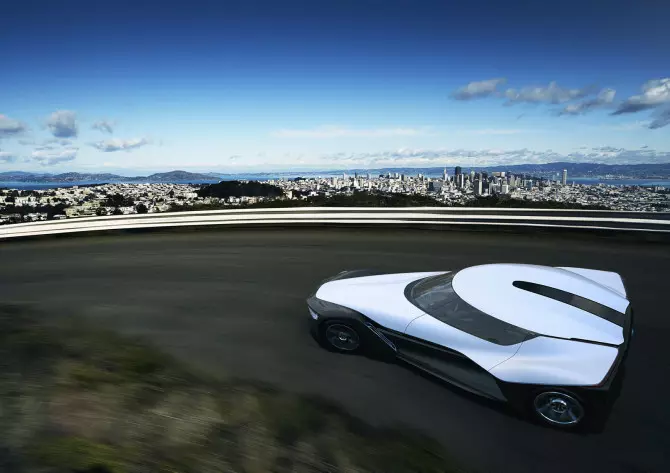
The doors are also out of the ordinary, being “butterfly-wing” type, and when they open, the driver's seat moves to the side, facilitating entry and exit. Just remember the access to the interior of a McLaren F1 to realize how little graceful this process can be. The interior is also futuristic. Inspired by the world of aviation and as we can see in some of the images provided, a glider (Glider), with fluid lines and little friction, and always silent, must have been the main motto for the design of the BladeGlider. We find a very aeronautical “U” steering wheel, and a digital panel with sophisticated-looking graphics that show everything from relief maps to atmospheric conditions.
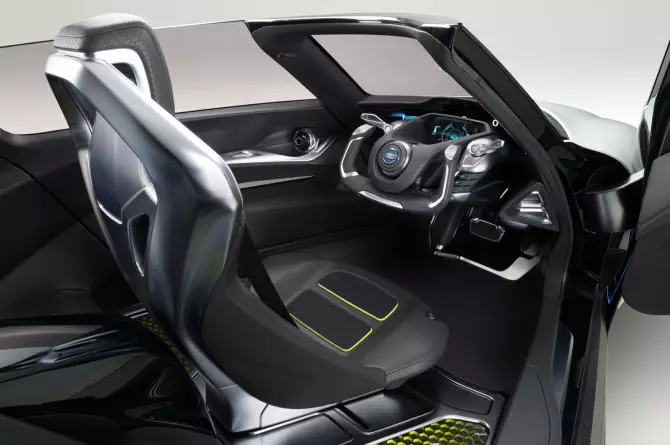
The look of the car will always be challenging to say the least, and it will hardly win beauty contests, but we have to applaud Nissan just for the act of proposing such an adventure on wheels. The real act of bravery, or madness, depending on your point of view, will be the transition from this concept to production. In the past, Nissan has transferred challenging-looking and unlikely production concepts to industrial reality, exemplified in the Nissan Juke, which has remained quite faithful to the radical concept that gave rise to it, the Qazana. But BladeGlider reaches new conceptual limits.
The production version of the BladeGlider, according to Nissan's head of design, Shiro Nakamura, won't be as extreme as the concept we see now. The front axle should be wider, but it will still be considerably narrower than the rear lane width, and the central driving position will be for keeping. As well as electric propulsion.
According to Nissan's hierarchy when it comes to its sports cars, the BladeGlider will be placed below the 370Z, but given the concept's peculiarities, it should certainly be the best calling card for the next generation of electric cars from Nissan, or even of the electric car itself, also seeking to captivate the younger generations of future drivers, who are less and less interested in the car. Nissan clearly doesn't want a car for midlife crises. But with an expected price below €35,000, it is still too high for most young people, who, given the current context, continue to look for work and financial independence from their parents.
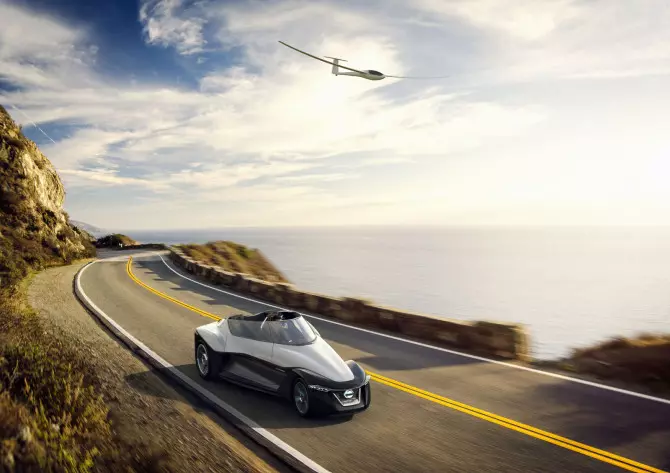
In any case, I applaud Nissan for its boldness. The proposal of something new, but with substance to justify the solutions presented, should be the norm and not the exception in the industry. Whether you like it or not, whether it's commercial success or not, BladeGlider can serve as an incentive to others to look for new solutions for the car, taking it out of the evolutionary slump in which it finds itself. A necessary step, even to guarantee its relevance.
But, the question that arises, and a little more personally, could they see themselves sitting behind the wheel or buyers of a Nissan BladeGlider?
